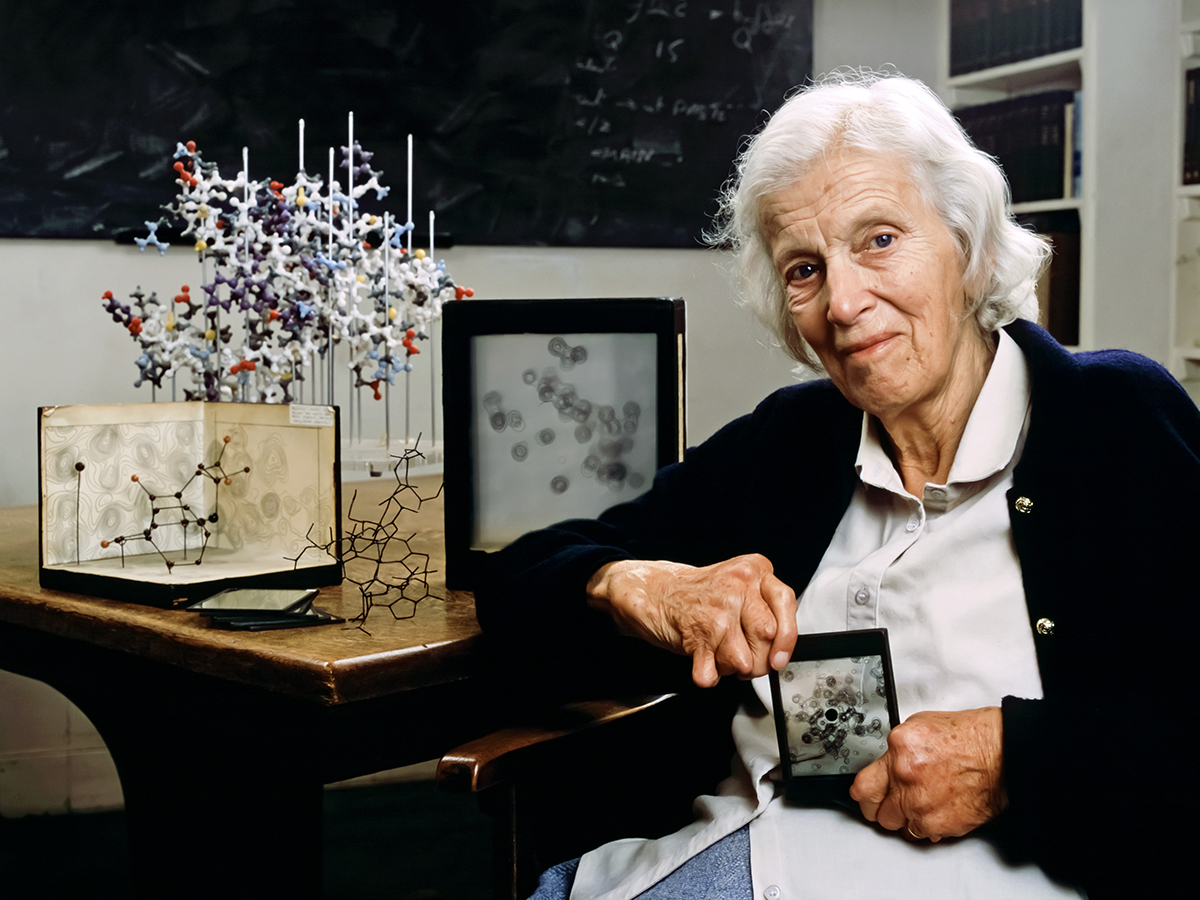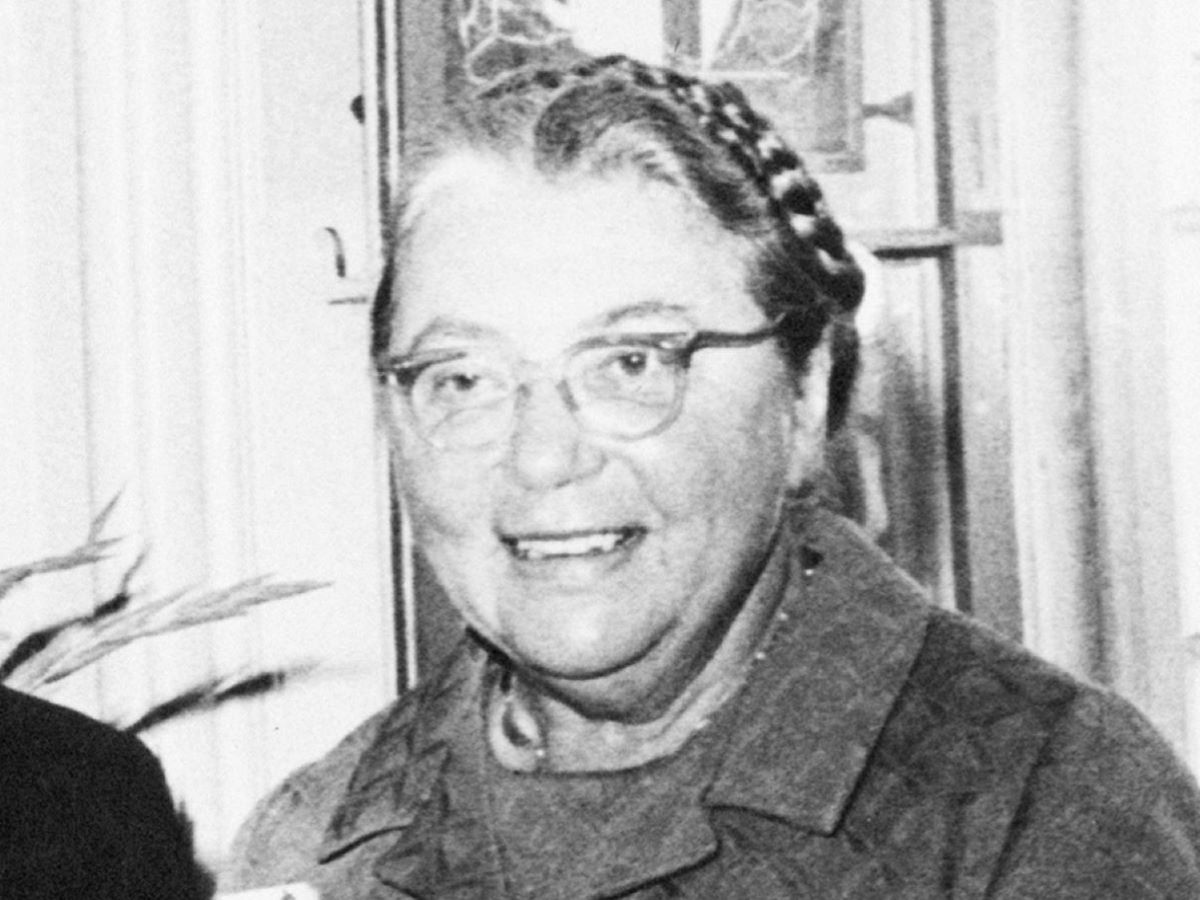Chemical Landmarks (RSC Blue Plaques)
What is our blue plaque scheme?
Royal Society of Chemistry Chemical Landmarks – awarded as distinctive blue plaques – celebrate impactful chemical science across the diverse people, teams and organisations who are helping to make the world a better place. The scheme shines a light on local scientific heroes and connects communities with their science heritage. Successful applications receive a grant to support engagement with the local community to celebrate the stories behind the plaques.
Please note applications for 2023-24 plaques are now closed. We will announce who they are awarded to shortly.
Celebrating diverse people, discoveries, and impacts
We are growing our portfolio with a focus on improving diversity and representation – this means we are seeking to celebrate the diversity of people who make up the chemistry community, their work and the types of impact they have. Our scheme:
- recognises that innovative and impactful science comes from teamwork, partnerships, and collaborations, underpinned by dedication and professionalism
- focuses on work by people in the chemical science community that has led to significant positive outcomes - from local communities to global society
- acknowledges the contributions of people in different roles and at different career stages who contribute to making the world a better place
If you have an interest in science – and chemistry in particular – and are looking for something to do when out and about, why not try spotting one of our blue plaques?
Find a Chemical Landmark on your travels
You can use our interactive map or printable Chemical Landmark list to find where all of our blue plaques are placed. This list will be updated as we add more plaques and don't forget to suggest your own to recognise a contribution to chemistry.
Have you spotted a blue plaque while on your travels in the UK, Paris or Ghent? We would love to see your photos - email them or use #RSCblueplaques to tag us on social media.
How to use the map
Zoom in to a location, click on a blue point and read about the chemical landmark in that area. You can click on the arrow in the new window to find directions. Why not share this map on social media or by email or even set up a challenge to find the most?
Some of the chemistry and teams recognised through our blue plaques
Dorothy Hodgkin OM FRS HonFRSC (1910-1994)

From experimenting as a child with a treasured chemistry kit in an attic room at home, to winning a Nobel Prize, Dorothy’s highly influential scientific career was marked with dedication, determination and passion…
Ibuprofen
Boots the Chemist

Millions across the globe use ibuprofen, yet it was developed by a small, dedicated and determined team working for Boots in Nottingham. The team spent years creating and testing thousands of compounds…
Autocatalytic technology
Johnson Matthey PLC

A car on the road today is 100 times less polluting than one from the 1960s.
This is due to huge advances in autocatalytic technology -
the chemical technology that converts toxic pollutants from car engines into less harmful compounds…
Dr Elsie Widdowson
BSc, PhD, CH, CBE, FRS (1906-2000)

Elsie grew up in London and was a trailblazer for women in chemistry. She was one of the first female graduates of Imperial College where she gained her PhD researching sugar content in apples. This led to her influential and impactful career in dietary science…
Rosalind Franklin, Maurice Wilkins, Raymond Gosling, Alexander Stokes and Herbert Wilson

DNA is one of the most well-known molecules. Its beautifully simplistic structure gives rise to the rich complexity of life on earth. No individual scientist discovered DNA…
Blue plaque application process
Find out if your proposal for a national Chemical Landmark is acceptable and use our form to apply.
- Sites receiving a plaque can be established to mark a person, teams, organisation, collaboration, building, process, discovery, innovation, or a breakthrough
- The nomination should represent work by people in the chemical science community which has led to significant positive impacts for local, regional, national, or global society
- The nomination should celebrate diversity in the chemical sciences
- For UK applications, the site for the plaque must be in the UK or Republic of Ireland and should celebrate or commemorate people or work based in the UK or Republic of Ireland
- The site for the plaque must be in an accessible and publicly visible space
- International applications can be considered when made through a sister society or a Royal Society of Chemistry international local section. Please speak with us before making an international application
Plaques for 2023-24 have now been awarded and the scheme is now closed to new applications.
- We welcome informal discussions from people or teams interested in making an application for a new plaque. Please get in touch using the contact details on this page
- Whilst applications are closed, we do still welcome new enquiries and expressions of interest and encourage you to get in touch with us to have informal discussions if you are interested in making an application for a new plaque in the future. You can still find out more about application criteria and expectations in our guidance for applicants
- Keep an eye on this page and RSC social media to hear more about the 2023-24 plaques when they are announced.
Each application will be considered by a broad panel of representatives from across the RSC in areas including inclusion and diversity, research and innovation, prizes and awards, education, engagement, and communications.
The representative group will consider:
- eligibility criteria being met
- visibility of the site for the plaque
- connection to the RSC’s purpose and mission to help the chemical science community make the world a better place
- the nature of the diversity being celebrated
- the nature of the chemistry being celebrated
- the nature of the impact on science and society – this could be local, regional, national or global and across any area including but not limited to health, climate and the environment, wealth and industry, sustainability, wellbeing, education, justice, equality, nutrition and alleviating poverty
- capacity to engage the local and/or wider community with the chemical sciences – engagement ideas provided at the application stage will be taken into account
- resource capacity and timelines to deliver in the context of other chemical landmarks in the pipeline
Join us and help make the world a better place through chemistry
When you become a member you can help us influence challenges faced in the environment, education systems, inclusion and diversity and other areas of the chemical sciences.
Get in touch
Contact us with any queries you have regarding information on this page. We welcome informal discussions from people or teams interested in making an application for a new plaque.
